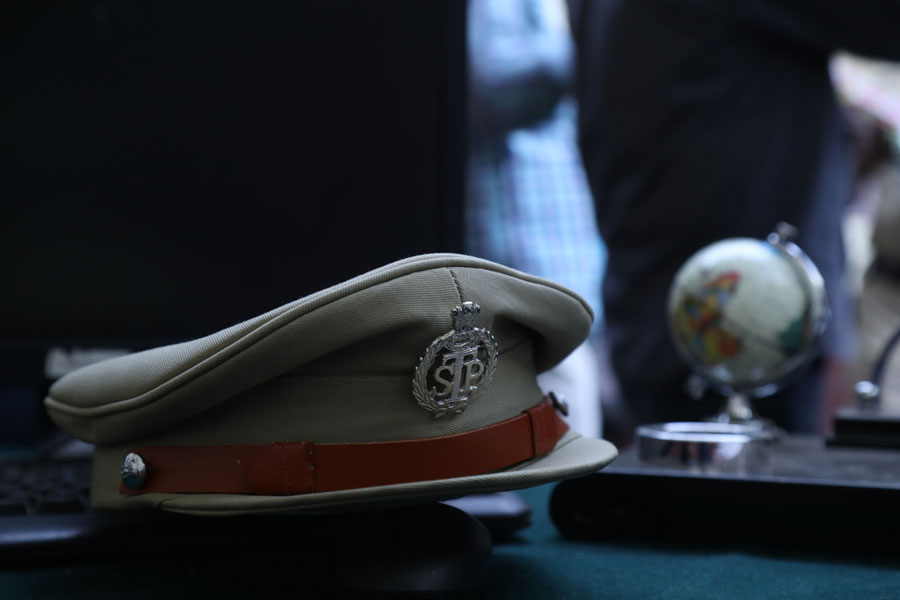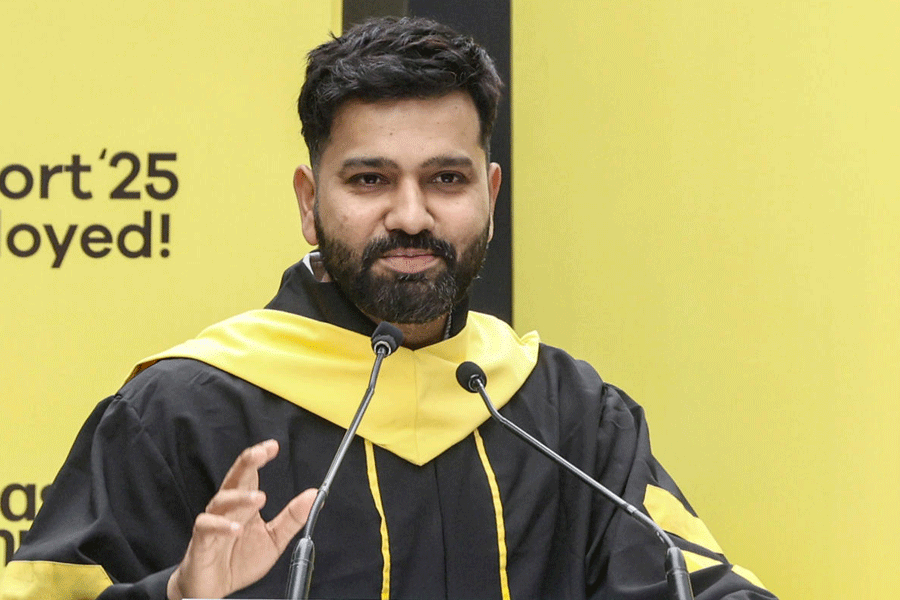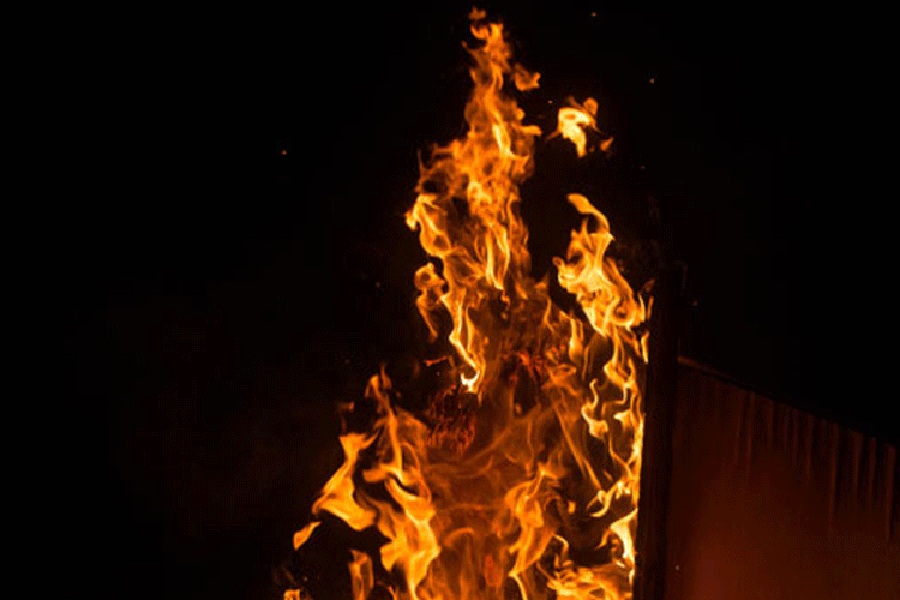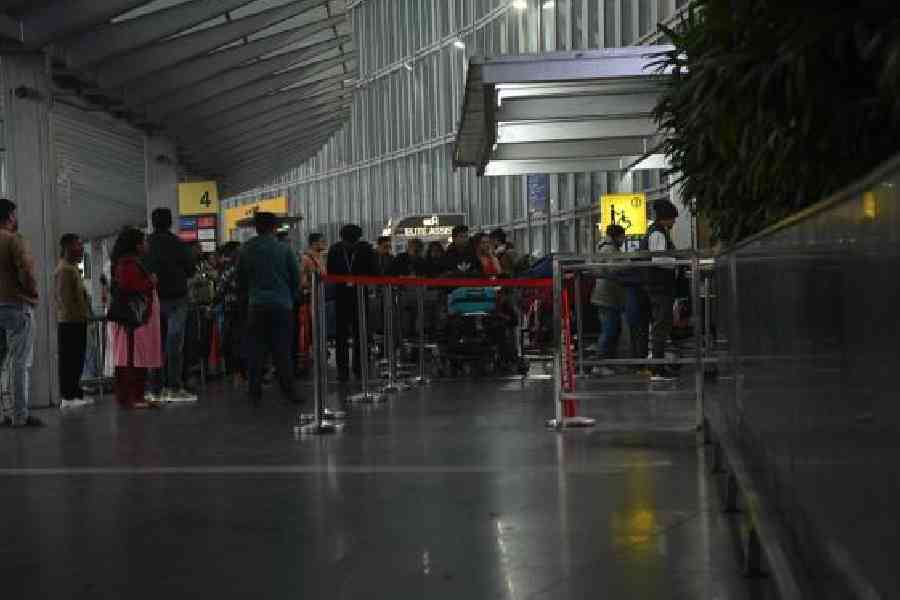Should prejudice be a synonym for policing in India? The query is not being asked rhetorically, or in jest. The Status of Policing in India Report 2025: Police Torture and (Un)accountability, compiled along with the Lokniti Programme of the Centre for the Study of Developing Societies and published by Common Cause, a non-governmental organisation, has laid bare deeply embedded biases among police personnel in a survey that covered over 8,000 policemen across rank and file in 17 states. Caste, religion and gender prejudice, the SPIR shows, often shape the perceptions of policemen. For instance, the police in Gujaratexhibited the highest level of bias towards Dalits and Adivasis in terms of their association with crime. The Delhi Police — the Union home ministry is its boss — harbours similar views about Muslims. Shockingly, over 27% of the officials justified mob violence in the case of crimes such as sexual harassment and kidnapping. Compliance with established arrest procedures is lacking too: 70% of policemen in Karnataka, for instance, confessed that they rarely or never adhere to these regulations. Homophobia and transphobia are rampant in the force while the underreporting of incidents, such as custodial deaths, is not uncommon either. The report also reveals institutional endorsement of the killing of dangerous criminals. That the police need to use tough methods to instil fear in the public was a view that was upheld by 20% ofthe respondents.
That the toxic combination of partisan views, regressive ideas and scant respect for procedures can have a worrying impact on investigations and law enforcement — even legal proceedings — is obvious. The findings also reveal a curious anomaly. While much is being made by the ruling regime about the decolonisation of India’s legal framework, the police — the upholders of law — remain mired in age-old biases besides serving as an instrument of blunt force. It must also be asked why the notion of modernisation of the police rarely includes steps to make the men in khaki responsive to the codes of ethical and objective policing. The stick, literally and proverbially, symbolises India’s police. That must change.










